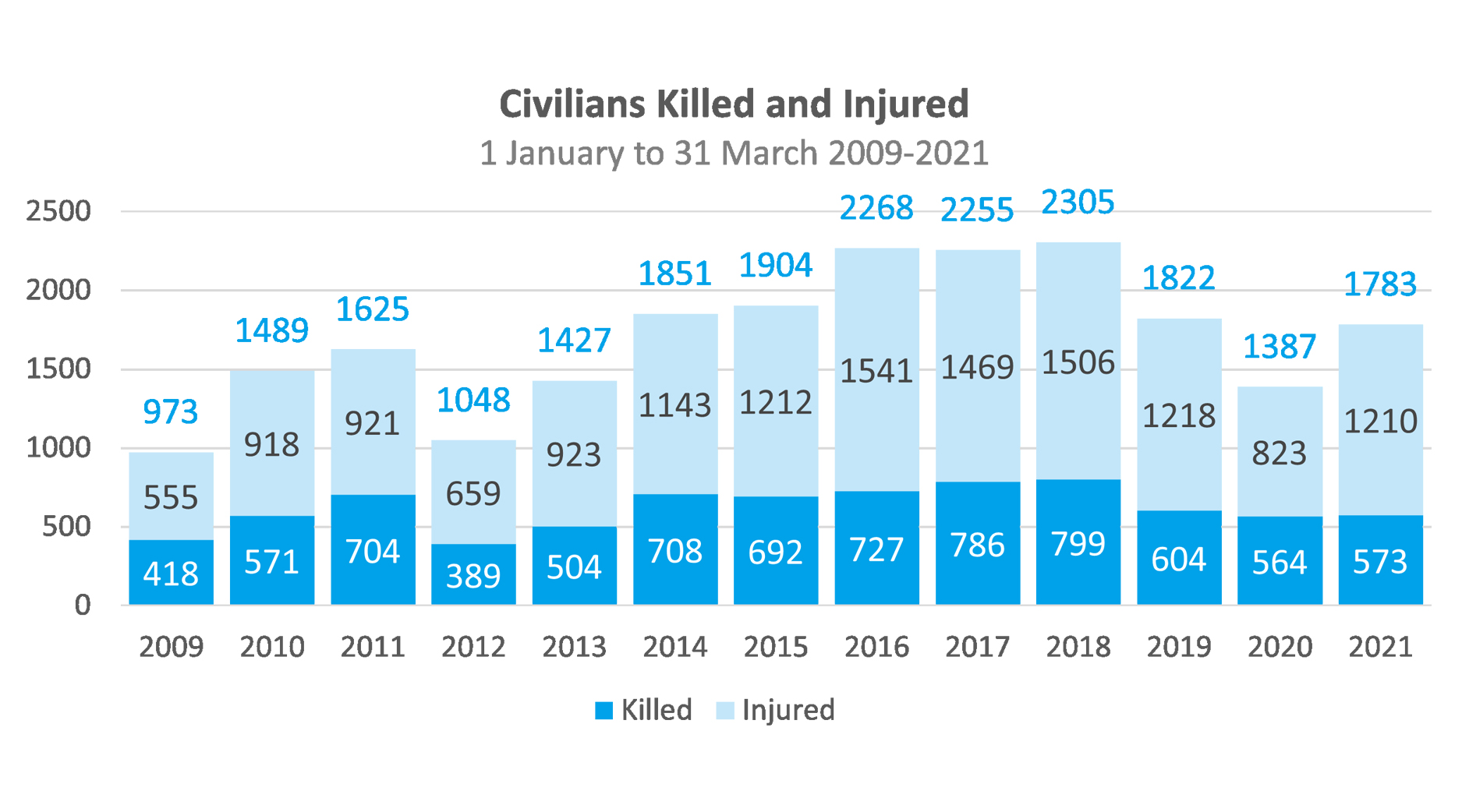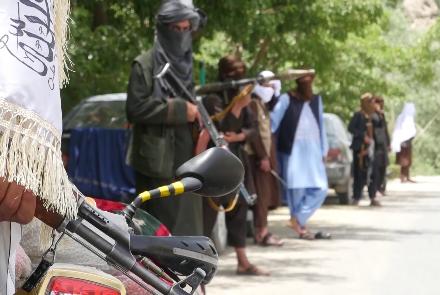The last two decades of conflicts in Afghanistan has taken tens of thousands of lives from civilians to security force members and from international troops to the Taliban.
In this report, TOLOnews has summed up overall casualties inflicted to all parties to the conflict as well as civilians in Afghanistan. The findings show that civilians have paid a high price for the ongoing war that started with the ouster of the Taliban regime in 2001.
Figures by Afghanistan Independent Human Rights Commission indicate that 31,113 civilians were killed in Afghanistan in the past 13 years and 62,662 more were wounded.
The commission has blamed the Taliban for most of the fatalities. Of the figure, 4,393 were children and 2,801 were women.
“We call on both sides, the Taliban and the Afghan government, to announce ceasefire, respect the demand of the Afghan people and avoid further violence,” said Zabihullah Farhang, a spokesman to AIHRC.
The US Defense Department has also released figures on war casualties and has estimated the overall deaths among Americans, Afghan security forces, the Taliban, and other militant groups to 157,000 in the last 18 years.
“There are not too many people you walk around this building who doesn’t know somebody including me who did make a back home alive from Afghanistan,” the Pentagon spokesman John Kirby said Friday.
The Pentagon documents show that an estimated 43,074 Afghan civilians, 64,124 Afghan security force members and 42,100 Taliban fighters have died so far. Also, 7,295 foreigners–among them 3,814 US contractors, 1,145 coalition forces’ members and 2,300 American soldiers–have lost lives from 2001 to 2019.
Figures by United Nations mission in Afghanistan, UNAMA, show 41,622 civilians were killed and 59,665 more were wounded between 2007 to 2020.

According to UNAMA, In the first three months of 2021, UNAMA documented increases in the number of civilian casualties as compared to the first quarter of 2020, attributed to both the Afghan National Army, and the Taliban, with the Taliban responsible for 43.5 per cent of all civilian casualties, and the Afghan National Army responsible for 17 percent.
“The Afghanistan Protection of Civilians in Armed Conflict 2021 First Quarter Report documents 1,783 civilian casualties (573 killed and 1,210 injured), a 29 percent increase compared with the same period in 2020,” UNAMA said on April 14.
As well in 2019, President Ashraf Ghani who addressed a panel in the World Economic Forum disclosed new figures on casualties of Afghan forces by saying that more than 45,000 Afghan security personnel had lost their lives between 2014 to 2019.
“Over 45,000 Afghan security personnel have paid the ultimate sacrifice,” Ghani said at the time. “The number of international casualties is less than 72.”
Every Afghan has a bitter story about the 20 years of conflict in the country that is yet to end. Mahtab, a Kabul resident, is one of them. She says she lost her mother in a militants’ attack on a maternity hospital in Kabul last May. She survived the attack.
“The casualties among Afghans is very high. The number of people with disabilities is high. The conflicts have devastated many people,” she said.
“Taliban will never be succeeded if they want to win militarily,” said Jawad, a Kabul resident.
The announcement of the withdrawal of US and NATO forces from the country has added another layer to the concerns about the future of the country. Analysts said the United States has not achieved its goals and on the contrary, terrorist groups are still operating in the country.
“Afghans could not achieve anything special. The US is leaving and says it has achieved its objectives and they say their objective was to eliminate al-Qaeda,” military analyst Mia Gul Khalid said.
“Twenty years have passed but terrorist groups are still operating in Afghanistan with full force, the Taliban still enjoys ties with al-Qaeda and poppy cultivation has increased,” said Ali Akbar Jamshidi, an MP.

